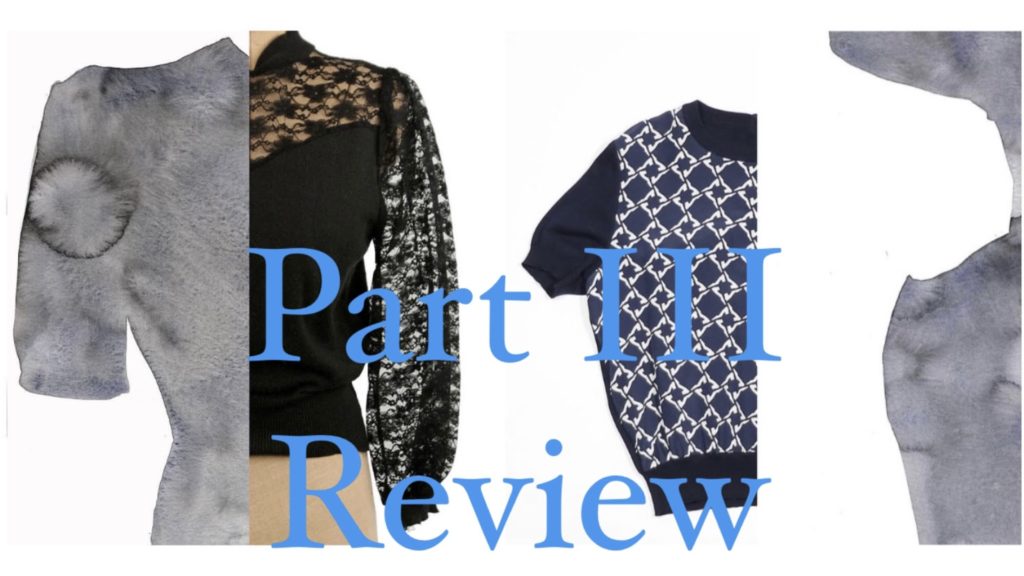
A review
By Kathryn Reed
MA, “Documenting Fashion: Modernity, Films and Image in America and Europe, 1920-1960”, The Courtauld, 2020-21.
Fashion Interpretations Symposium, Part III remedied Wednesday’s mid-week slump with a fascinatingly interdisciplinary approach to fashion — watercolours, mythological goddesses, and a ramshackle cowshed all featured.
The evening’s speakers included author, artist, and publisher Leanne Shapton and Judith Clark, curator and exhibition-maker.
To begin, Leanne Shapton gave us a sneak peak into her ongoing project investigating the way clothes are photographed and sold digitally. She focussed particularly on the way that amateur photography is used on online fashion sales platforms. Intriguingly, she highlighted the appeal of the carelessly shot, badly lit eBay image that seduces the buyer into believing they have found a treasure. Her current ongoing project is to create watercolour studies and paintings of these photographic eccentricities, focusing on their shapes and silhouettes as a way to understand their distinctly uncanny yet appealing aura.
Judith Clark presented her paper that analyses the relationship between word and image through Stéphanie-Félicité, Madame de Genlis’ nineteenth-century fashion illustrations labelled after goddesses Venus, Aphrodite, Minerva, and Juno. She questioned: did the words inspire the image, or vice versa? A bridge between word and image is particularly pertinent to the fashion exhibition, as Judith noted that curators are consistently looking for ‘meaningful adjacencies between objects.’ If language, she concludes, is what creates confusion between objects in a museum setting, then we must begin to consider alternative paths. Particularly of note was an audience question about Judith’s research process in the Warburg Library throughout the pandemic. She revealed that she had begun to key in bookmarks of pages, in order to artificially simulate archives that might be physically beside one another – an interesting example of the way we have to adapt to our new and wholly online experience of the world.
Finally, the evening concluded with a short film collaboration between Roman Kurzmeyer and Judith Clark, which turned the way that we think about exhibitions on its head. The Amden Atelier, a project that uses an old cattle stall in the mountains as a venue to showcase art installations lends itself to a debate about what it really means to be an ‘exhibition maker’. It requests an engagement with the site: artists and curators must specifically work with the building. This unique short film highlighted a multitude of ways we can think about the exhibition, the importance of perceptual conditions, and the ‘hyper image’.
The fascinating content we were presented with last night seemed to be incredibly pertinent to our current situation: the growing popularity of online shopping in a post-pandemic eco-conscious world, the effects looking at archives remotely has on academic research, and a case study on how particular environments relates to our experience of viewing art.

